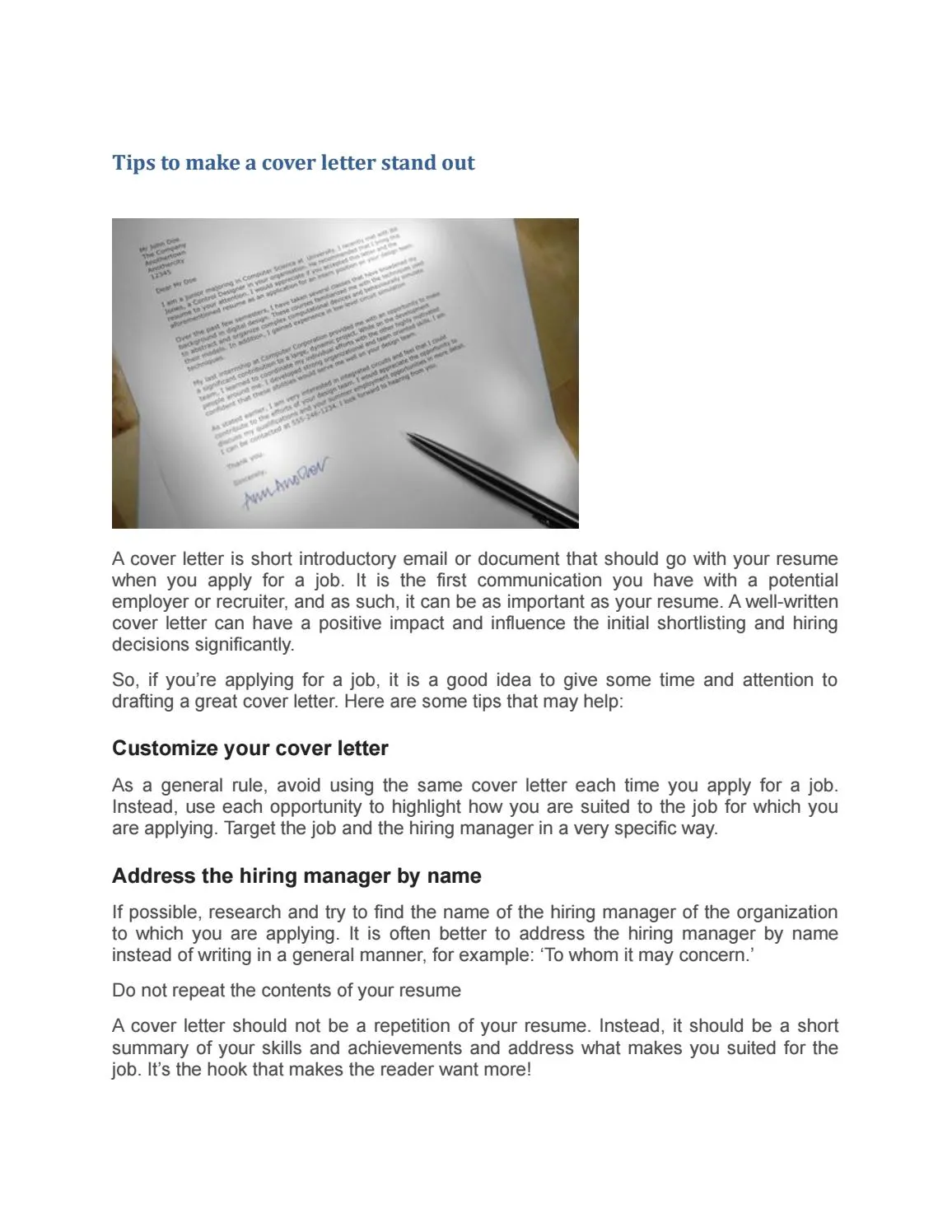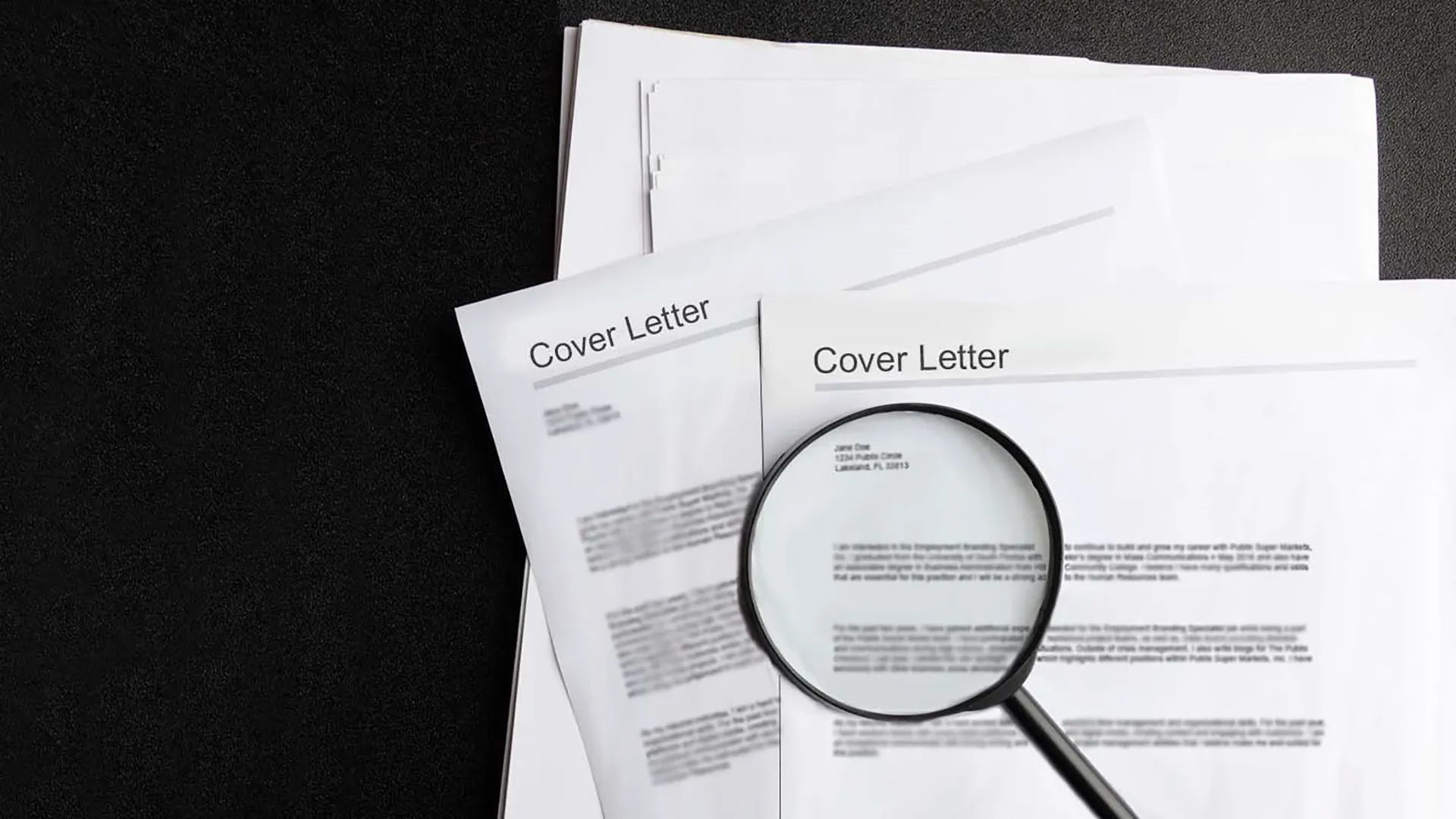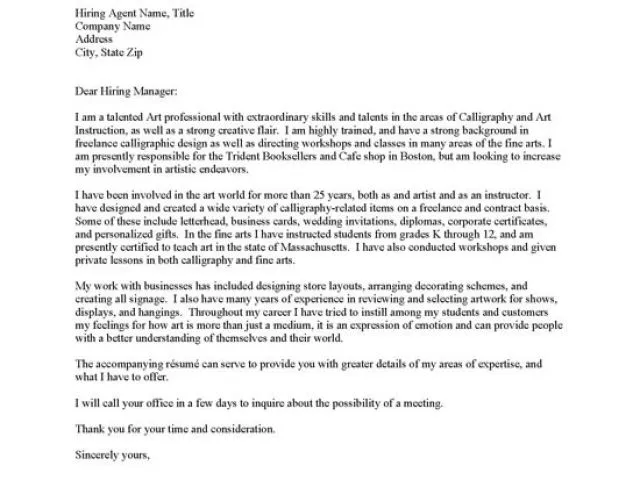Why Your Cover Letter Matters
In the competitive world of job applications, your cover letter serves as your first real introduction to a potential employer. It’s more than just a formality it’s a critical opportunity to make a strong first impression, showcasing your personality, passion, and potential fit for the role. A well-crafted cover letter can significantly increase your chances of getting noticed, moving you from the pile of applicants to the interview stage. It allows you to tell a story that goes beyond your resume, providing context, highlighting relevant experiences, and demonstrating your genuine interest in the position and the company. This is your chance to capture the reader’s attention, setting the stage for a more in-depth conversation about your qualifications and aspirations. Without a compelling cover letter, you risk being overlooked, missing out on opportunities and potentially hindering your career progression. Remember, it’s your personal sales pitch to the hiring manager, so make it count.
Cover Letter The First Impression
Your cover letter is the opening act in your job application saga, and first impressions are everything. Before a hiring manager even glances at your resume, your cover letter is setting the stage. It’s not just a formality; it’s your chance to make a strong, positive impact. It should immediately grab the reader’s attention, convey your personality and enthusiasm, and demonstrate why you’re the perfect candidate. Make it clear from the outset why you’re interested in the role and how your skills and experiences align with the company’s needs. Your first impression is shaped by your tone, writing style, and the information you choose to highlight. So make sure it’s clear, concise, and full of energy. A well-written cover letter sets you apart from the competition, making the hiring manager eager to learn more about you and your qualifications. This is where you make a connection, showing that you’re more than just a list of accomplishments on a piece of paper.
Highlighting Your Achievements, Not Just Listing Them

A common mistake in cover letters is merely listing past job duties. Instead, focus on highlighting your achievements. It’s not enough to say you managed a team; you must demonstrate the impact you made. What were the specific results of your actions? Did you increase sales, improve efficiency, or reduce costs? Use your cover letter as a platform to showcase your successes and the value you brought to previous roles. Provide concrete examples of how you exceeded expectations and achieved measurable outcomes. This approach allows the hiring manager to visualize your potential contributions to their company. They are more interested in seeing what you can do for them, not just what you have done in the past. Avoid generic statements and instead, provide compelling evidence of your skills, abilities, and results. This makes your cover letter memorable, showing that you are a high-achiever who is ready to take on new challenges and deliver results.
Quantify Your Accomplishments
Numbers speak louder than words. When describing your achievements, always use data to support your claims. Instead of saying “Improved customer satisfaction,” say “Increased customer satisfaction by 20%.” This gives your accomplishments credibility and allows the hiring manager to understand the scale of your impact. Use metrics to demonstrate your skills and the value you can bring to the company. Whether you’re discussing sales figures, project completion rates, or cost savings, quantify your successes to make them more impactful. Be specific and provide context. For example, if you mention increasing sales, also include the time frame and the method you used. This level of detail provides a clear picture of your capabilities and helps the hiring manager see the tangible benefits of hiring you. When you quantify your accomplishments, you demonstrate that you understand the importance of data-driven results.
Demonstrate Company and Role Alignment
Your cover letter should clearly connect your skills and experiences to the specific requirements of the job and the goals of the company. Tailor your letter to each position, demonstrating that you understand the role and the company’s mission. Explain why you are interested in this particular opportunity, and what motivates you. Highlight the skills and experiences that make you a great fit for the role, using keywords from the job description. If the company values teamwork, give examples of your collaborative work experiences. If they emphasize innovation, describe projects where you demonstrated creativity and problem-solving skills. Showing that you have researched the company and understand its needs makes you stand out from generic applications. Employers want to hire someone who is enthusiastic about the role and the organization. By demonstrating that you have taken the time to understand their values and requirements, you significantly increase your chances of being considered.
Research the Company & Tailor Your Letter

Before you start writing, take the time to research the company. Visit their website, read their mission statement, and check out their social media profiles. Understand their values, culture, and recent achievements. This knowledge will allow you to tailor your cover letter, showing that you understand their business and are genuinely interested in joining their team. Identify the specific skills and experiences the company values, and emphasize how you meet those requirements. Customize each cover letter to align with the specific job description and the company’s values. Avoid using a generic template, as it will not resonate with the hiring manager. Personalize your letter by mentioning the company’s recent projects, industry trends, or any other information that demonstrates your understanding of their business. Show that you are not just sending out a standard application but have taken the time to learn about their company and tailor your message.
Show, Don’t Just Tell
Instead of simply stating your skills and qualities, use your cover letter to demonstrate them. Provide specific examples from your past experiences to support your claims. Don’t just say you’re a strong leader show it by describing a time you led a successful project or motivated a team to achieve a goal. Similarly, rather than stating you are a problem solver, illustrate a situation where you identified a challenge, developed a solution, and achieved a positive outcome. By providing concrete examples, you offer tangible evidence of your abilities, making your claims more credible and memorable. This approach helps the hiring manager to visualize your capabilities, making a stronger impression than just listing your skills. Show, don’t just tell is a fundamental principle of effective cover letter writing. It allows you to connect with the reader on a deeper level, building trust and demonstrating your value.
Use Action Verbs
Start your sentences with strong action verbs. This makes your cover letter more dynamic and engaging, capturing the reader’s attention immediately. Instead of saying “Responsible for managing projects,” write “Managed projects, delivering them on time and under budget.” Action verbs make your sentences more impactful, clearly communicating your responsibilities and achievements. Use a variety of action verbs to keep your writing interesting and show your diverse skill set. Start each bullet point or paragraph with a strong verb that reflects your contributions. Examples of powerful action verbs include led, developed, implemented, achieved, increased, and improved. Incorporating action verbs makes your cover letter more powerful and makes it easier for the hiring manager to understand your contributions. A cover letter filled with action verbs shows that you are proactive, results-oriented, and ready to take on challenges.
Cover Letter Structure & Formatting

A well-structured and formatted cover letter is easier to read and leaves a professional impression. Use a clear and concise format, with an appropriate font size and spacing. Start with a professional header, including your contact information, the date, and the hiring manager’s name and title. Use a formal salutation, such as “Dear Mr. /Ms. [Last Name],” and a professional closing, such as “Sincerely” or “Best regards.” Divide your letter into clear paragraphs, with a logical flow of information. Keep each paragraph concise and focus on one key point. Use bullet points to highlight your achievements and make them easier to scan. Proofread your letter carefully to avoid any errors in grammar, spelling, or punctuation. A well-formatted cover letter demonstrates your attention to detail and professionalism, making a positive first impression. Formatting is not just aesthetic it also contributes to readability, making it easy for the hiring manager to quickly assess your qualifications.
Keep it Concise and Easy to Read
Hiring managers are busy people. They typically spend only a few seconds reviewing each cover letter. Therefore, it’s essential to keep your letter concise, easy to read, and to the point. Avoid lengthy paragraphs and unnecessary details. Focus on conveying the most important information about your qualifications and achievements. Use clear and concise language, avoiding jargon or overly complex sentences. Break up long blocks of text with bullet points and whitespace to improve readability. Use a font and font size that is easy on the eyes. Aim for a cover letter that can be read in under a minute. A short, well-written cover letter will make a more significant impact than a lengthy, wordy one. Respect the reader’s time by getting straight to the point and highlighting your key strengths.
Proofread Meticulously
Before you submit your cover letter, proofread it carefully. Errors in grammar, spelling, and punctuation can damage your credibility and make a negative impression. Read your letter aloud, as this can help you catch mistakes you might miss when reading silently. Use spell-check and grammar-check tools, but don’t rely on them completely. These tools can miss subtle errors, so it’s essential to proofread manually. Ask a friend, family member, or career advisor to review your cover letter for you. A fresh pair of eyes can catch mistakes that you might have overlooked. Make sure your contact information is accurate and up-to-date. Proofreading is a crucial step in the job application process. It shows that you are detail-oriented and committed to presenting yourself in the best possible light. A well-proofread cover letter is a sign of professionalism and attention to detail, setting you apart from the competition.
